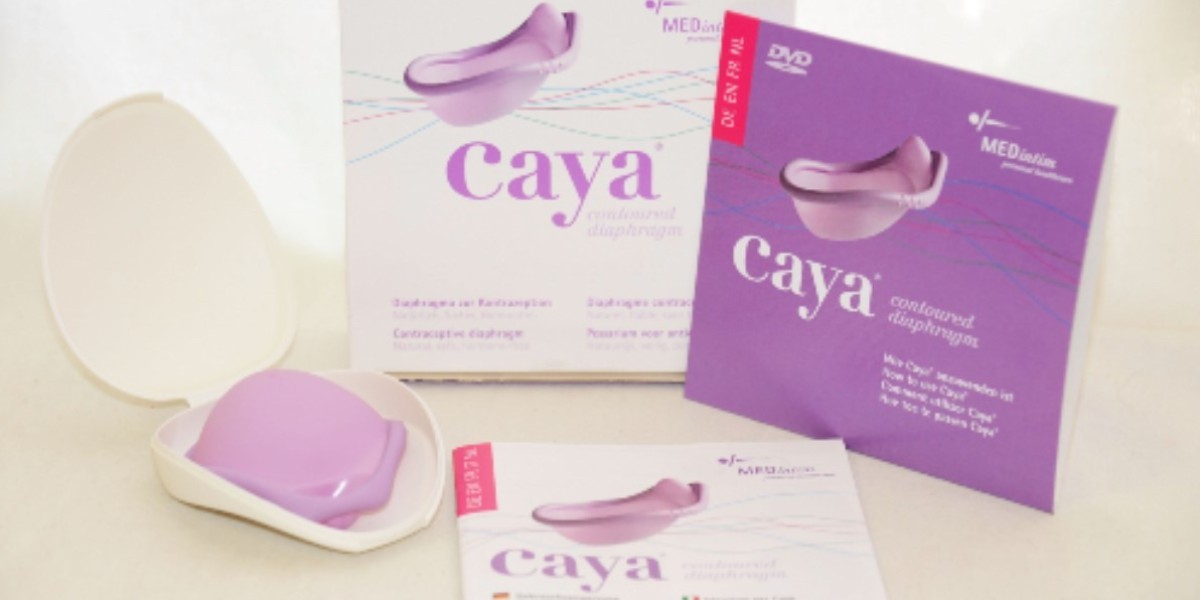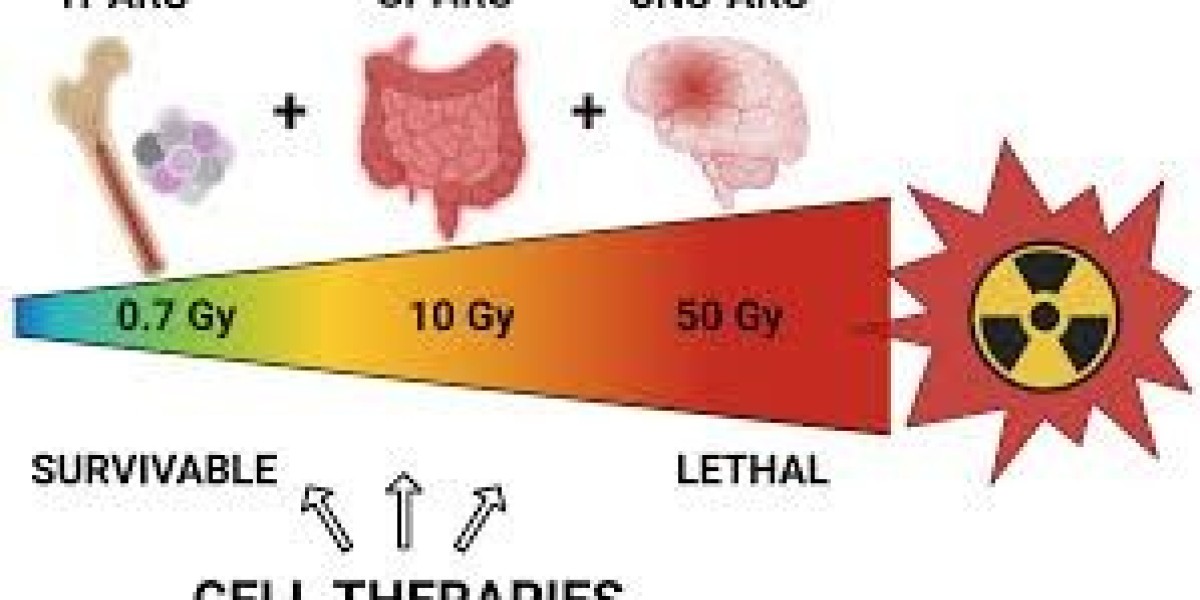Introduction
Natural family planning (NFP) has grown in popularity as more people seek birth control options that align with their bodies’ natural rhythms. For many, the appeal lies in avoiding hormones and making informed decisions about fertility. However, NFP alone may not always offer the level of protection needed. This is where the Caya diaphragm fits seamlessly into the picture. As a non-hormonal, reusable contraceptive, the Caya diaphragm adds flexibility to NFP practices, giving women greater control over their reproductive health.
In this article, we’ll explore how the Caya diaphragm complements natural family planning and helps create a balanced, effective contraception strategy.
1. What is Natural Family Planning?
Natural family planning is a method of birth control that involves tracking a woman’s menstrual cycle to identify the fertile window—the days when she is most likely to conceive. By observing body signals such as basal body temperature, cervical mucus changes, and cycle length, couples can plan or avoid intercourse depending on their pregnancy goals.
NFP is popular among those seeking non-invasive, hormone-free birth control and those wanting to be in tune with their bodies.
2. How the Caya Diaphragm Works with NFP
The Caya diaphragm acts as a barrier method of contraception, blocking sperm from entering the uterus when used with contraceptive gel. In the context of NFP, it serves as a backup during fertile days, offering added protection when there’s a higher risk of pregnancy. This allows couples to maintain intimacy without worrying about timing errors or misinterpreting fertility signals.
3. Benefits of Combining NFP with the Caya Diaphragm
Here’s why using the Caya diaphragm alongside NFP is a winning strategy:
- Increased flexibility: You can still enjoy intimacy during your fertile window with added protection.
- Hormone-free: Neither NFP nor the Caya diaphragm introduces synthetic hormones into the body.
- Self-managed: No need for prescriptions or doctor visits.
- Reusable: The diaphragm can last up to two years with proper care.
- Eco-friendly: Reduces waste compared to disposable contraceptives.
4. When to Use the Caya Diaphragm in Your NFP Cycle
In NFP, the fertile window typically occurs five days before ovulation and one day after. During this window, using the Caya diaphragm offers added peace of mind. On less fertile days, you can follow your regular NFP practices without needing the diaphragm.
5. How to Insert and Remove the Caya Diaphragm
Here’s a quick guide on how to use the Caya diaphragm effectively:
- Apply contraceptive gel to the diaphragm’s inner rim and dome.
- Fold the diaphragm and insert it into the vagina, aiming towards the cervix.
- Check with your finger to ensure the cervix is fully covered.
- Leave it in for at least 6 hours after intercourse but not more than 24 hours.
- Remove and clean it with mild soap and warm water, then store it in its case.
6. Tracking Your Fertile Window for Maximum Protection
Accurate tracking is essential for NFP. Here are a few tools and methods that complement the Caya diaphragm:
- Basal body temperature monitoring: Track temperature changes to pinpoint ovulation.
- Cervical mucus observation: Look for clear, stretchy mucus—an indicator of fertility.
- Cycle tracking apps: Use apps to predict your fertile window and remind you when to use the diaphragm.
By combining these methods with the Caya diaphragm, you get double-layered protection.
7. Caya Diaphragm vs. Hormonal Methods in NFP
Let’s compare the Caya diaphragm to hormonal options used alongside NFP:
Feature | Caya Diaphragm | Hormonal Methods |
Hormone-free | Yes | No |
Impact on natural cycle | None | Alters cycle patterns |
Reusability | Yes (up to 2 years) | No |
Side effects | None | Possible side effects |
Prescription needed | No | Yes, in most cases |
For women who prefer a natural approach, the Caya diaphragm is a perfect fit.
8. Who Can Benefit from This Combination?
Combining NFP with the Caya diaphragm is ideal for:
- Couples seeking non-hormonal contraception.
- Breastfeeding mothers who want to avoid hormones.
- Eco-conscious individuals who prefer reusable contraceptives.
- Women sensitive to hormonal side effects.
- Those wanting more flexibility without disrupting their fertility awareness practice.
9. Common Myths About NFP and the Caya Diaphragm
Myth #1: "NFP alone is enough protection at all times."
Truth: NFP can be effective, but having a backup like the Caya diaphragm during fertile days improves reliability.
Myth #2: "The Caya diaphragm is difficult to use."
Truth: With a bit of practice, inserting the Caya diaphragm becomes easy and quick.
Myth #3: "Reusable contraceptives aren’t as hygienic."
Truth: The Caya diaphragm is made from medical-grade silicone and can be safely reused with proper care.
10. Conclusion: A Flexible Approach to Contraception
Natural family planning offers an empowering way to manage fertility, and the Caya diaphragm fits perfectly into this approach. It provides non-hormonal, reusable protection for those times when you want extra peace of mind. By combining these two methods, you gain control, flexibility, and confidence—ensuring your birth control strategy aligns with both your lifestyle and fertility goals.
Whether you're new to NFP or already tracking your cycles, the Caya diaphragm offers a valuable addition to your toolkit, letting you enjoy intimacy without compromising on safety or spontaneity.
11. FAQs About the Caya Diaphragm and NFP
- Can the Caya diaphragm be used every day?
Yes, you can use it whenever you need it, but it’s most helpful during your fertile window. - Does the Caya diaphragm interfere with NFP tracking?
No, it does not interfere with temperature or cervical mucus observations. - How long can I use a single Caya diaphragm?
With proper care, it can last up to two years. - Do I need a prescription to buy the Caya diaphragm?
No, it’s available without a prescription in many regions. - Can the Caya diaphragm be used postpartum?
Yes, it’s an excellent option for breastfeeding mothers since it’s hormone-free.



